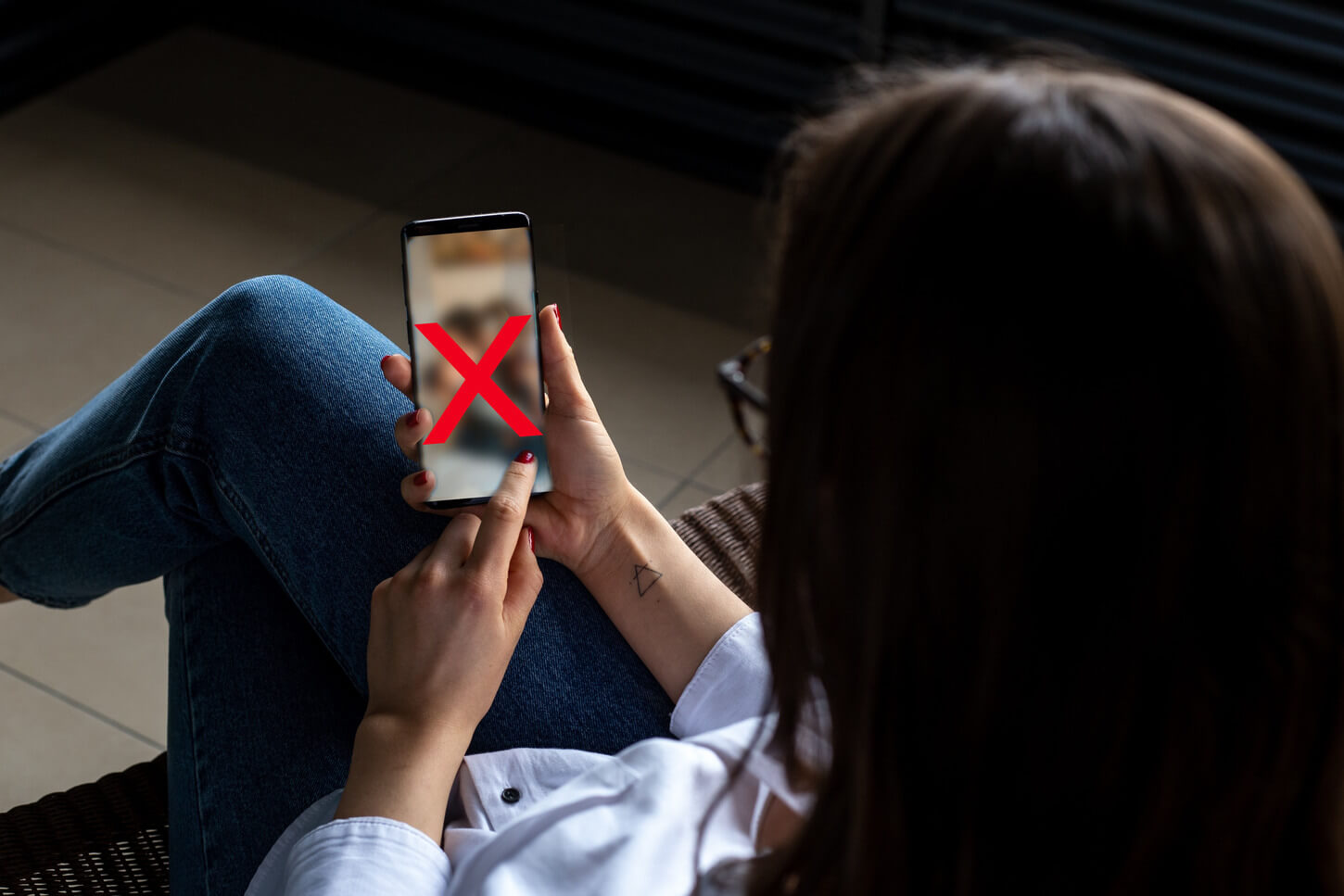Contents
You’d be forgiven for thinking that ensuring users aren’t subjected to bad content on dating sites, and online marketplaces mean waging war on trolling, nudity, and unsavory content.
Sure, that’s a large part of it, but the fact is bad content has a broader meaning – it’s anything designed to harm or deceive users; images that can negatively impact their user experience, break their trust, or even – worst-case scenario – put them at risk of theft or abuse.

Dating images at a glance
Let’s start by looking at images used in dating apps and websites.
- According to a survey by the Better Business Bureau, over 1 million Americans have fallen victim to online dating scams in the past three years.
- The Federal Trade Commission reports that Americans lost over $200 million to online dating scams in 2019 alone.
- A study by the cybersecurity company Symantec found that 81% of online dating scams originate from countries outside the U.S.
- A study by Imperva found that fake profiles make up over 10% of all profiles on dating websites.
- The dating website, Zoosk, found that nearly 60% of all profiles were created using a fake or stolen identity.
- The cybersecurity company, Kaspersky Lab, found that nearly 40% of all dating app users have experienced some form of fraud, including the use of fake or stolen images.
These statistics highlight the serious issue of fraudulent use of images on dating websites and the importance of being cautious when using such sites. It’s important to thoroughly research potential matches and be wary of any profiles that seem too good to be true.
Watermarks
Say goodbye to outdated and clunky watermarks! These days, watermarks just don’t cut when protecting your images and preserving your copyright. Not only do they detract from the overall aesthetic of the image, but they can also compromise user safety and trust by directing them away from legitimate online marketplaces.
Scammers often use watermarks to lure users away from a site and avoid paying fees. On dating sites, they’re frequently used to promote escort services and prostitution, and in 1-to-1 chats, they’re used to send contact information in a way that text filters can’t detect.
eBay recognized this and banned watermarks a few years back, but the debate over their use still rages on. Photographers and designers argue that watermarks are necessary to prevent their work’s misuse and maintain their copyright. However, some alternatives don’t detract from the image quality.
Low-resolution images and adding copyright information to the image metadata are two options that preserve your rights without ruining the user experience. And if you’re worried about someone misusing your images, you can always use services like Google Image Search and TinEye to monitor their use.
Watermarks may have once been a necessary evil, but in today’s digital age, they’re just a thing of the past. So ditch the clunky watermarks and embrace new, innovative ways to protect your images and preserve your rights.
Multiple faces
Love or hate the idea; facial recognition technology is increasing in sophistication. It’s already used in security tech – from unlocking phones to crossing borders. However, while Facebook might be making leaps and strides in facial recognition on marketplaces and dating sites, they remain problematic from a content perspective.
Honesty is always the best policy where images of people – especially faces – are concerned. On dating sites, in particular, users often use images that make them look more attractive – often using different filters to enhance their appearance.
However, when many people are in a photograph, it’s often hard to tell who the profile owner is. This has obvious complications on dating sites – where users could be easily misled. They could begin contact with one person thinking they’re another – something that could be disastrous for the user and the dating site – again because misconceptions can break the trust bond.
Coupled with the proliferation of deep fakes and face/profile image searches, the problem gains another more complex layer – meaning there’s not just a threat to a user’s experience; their safety is also at risk.
In online marketplaces, this isn’t as big a problem, except that the use of people – or their faces – distracts from the product itself, so vendors should use as few as possible in photography, or not at all if they can help it.
Nudity
Wherever users can upload their content, there can be no denying that pornography, nudity, and sex-related images will appear – in both online marketplaces and dating sites.
Where affairs of the heart (or libido) are concerned, while consenting adults are free to share pictures of whatever body parts they like best; for the most part – on public forums and in private chats – it’s unwanted. And when that’s the case, it’s user harassment.
Harassment (of the pictorial and verbal variety) has become entrenched in dating app culture. Largely due to male behavior toward women (check the Instagram account ByeFelipe for some prime examples). So, efforts to eliminate it have spawned a new wave of female-initiated dating services, such as Bumble.
However, even this doesn’t prevent lewd images from being shared, which is why additional services are needed. Bumble’s Privacy Detector, for instance, detects nudity, blurs it, and warns users that a picture or video message may be pornographic when it lands in their chat feed.
Anything nudity related is naturally more common on dating sites than on marketplaces, but that doesn’t preclude them. Profile photos can often be revealing (which may or may not be ok, depending on the site). Of course, as mentioned above, escort services may advertise using images that push the boundaries.
The effect? Not keeping users safe from overtly sexual images is a big problem. As mentioned before, it breaks the trust between the user and the site. While on dating sites, unsolicited nudity is now frequent, that doesn’t make it acceptable. And where online marketplaces are concerned, user-generated nudity content denigrates the site’s reputation.
However, it’s also essential to maintain a balanced view and offer a specific definition of what constitutes nudity on your site – which might vary depending on the nature of your website.
Picture of success
All in all, you will not be able to stop your users from seeing awful content. When users innocently browse a marketplace or look at dating profiles, there’s no guarantee that the images they’ll see will be legitimate, tasteful, or even legal.
What you can do, though, as a site owner is to ensure your site offers the right policies, definitions, and appropriate courses of action. Moderation is crucial to avoid the proliferation of bad images on your site. But it’s no easy task when it relies on user-generated content.
That’s why online content moderation tools are critical to helping online marketplaces and dating sites detect unwanted images and remove them instantly. At Besedo, we combine AI image moderation with human moderation to efficiently tackle the propagation of inappropriate or undesirable images you don’t want on your site.




